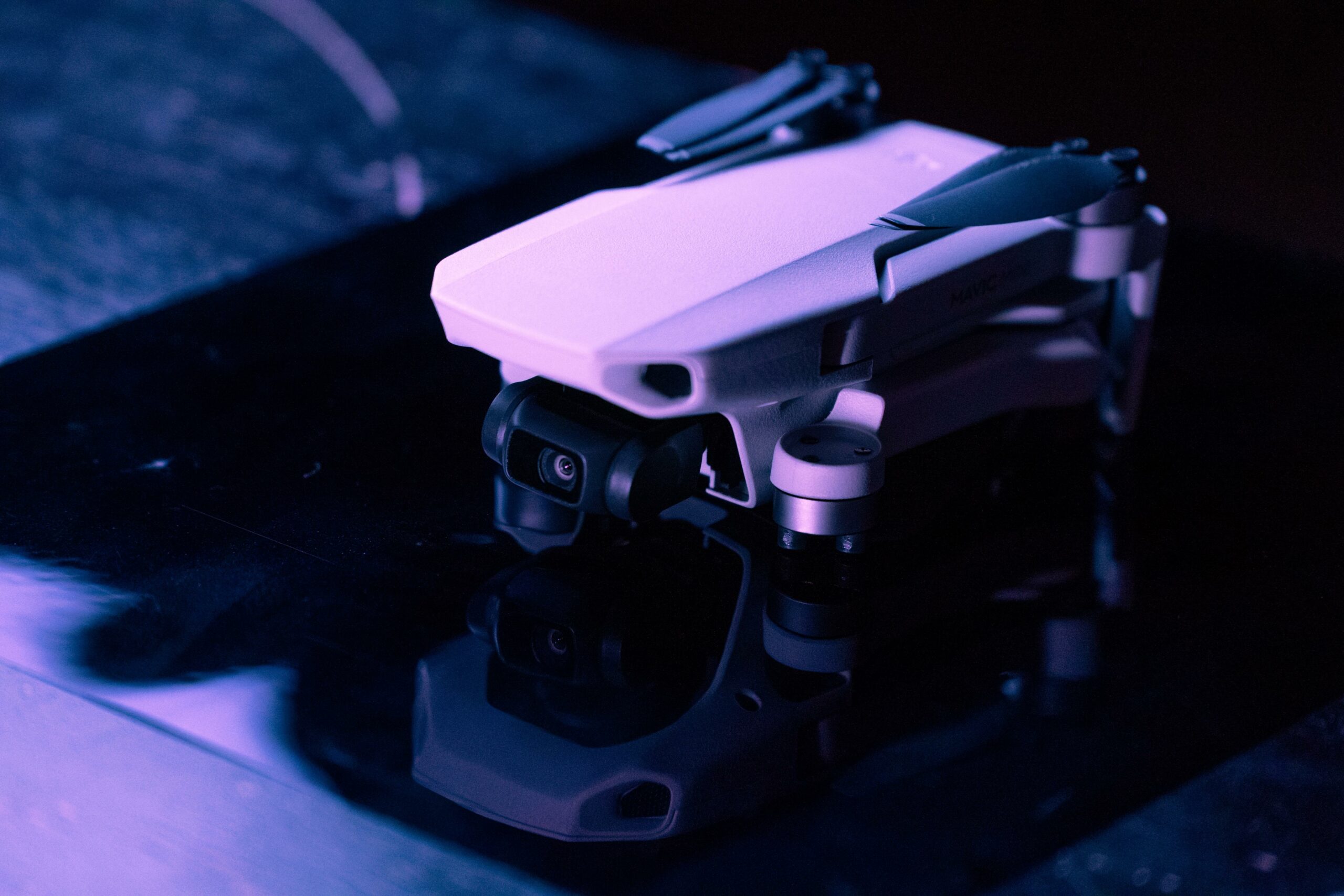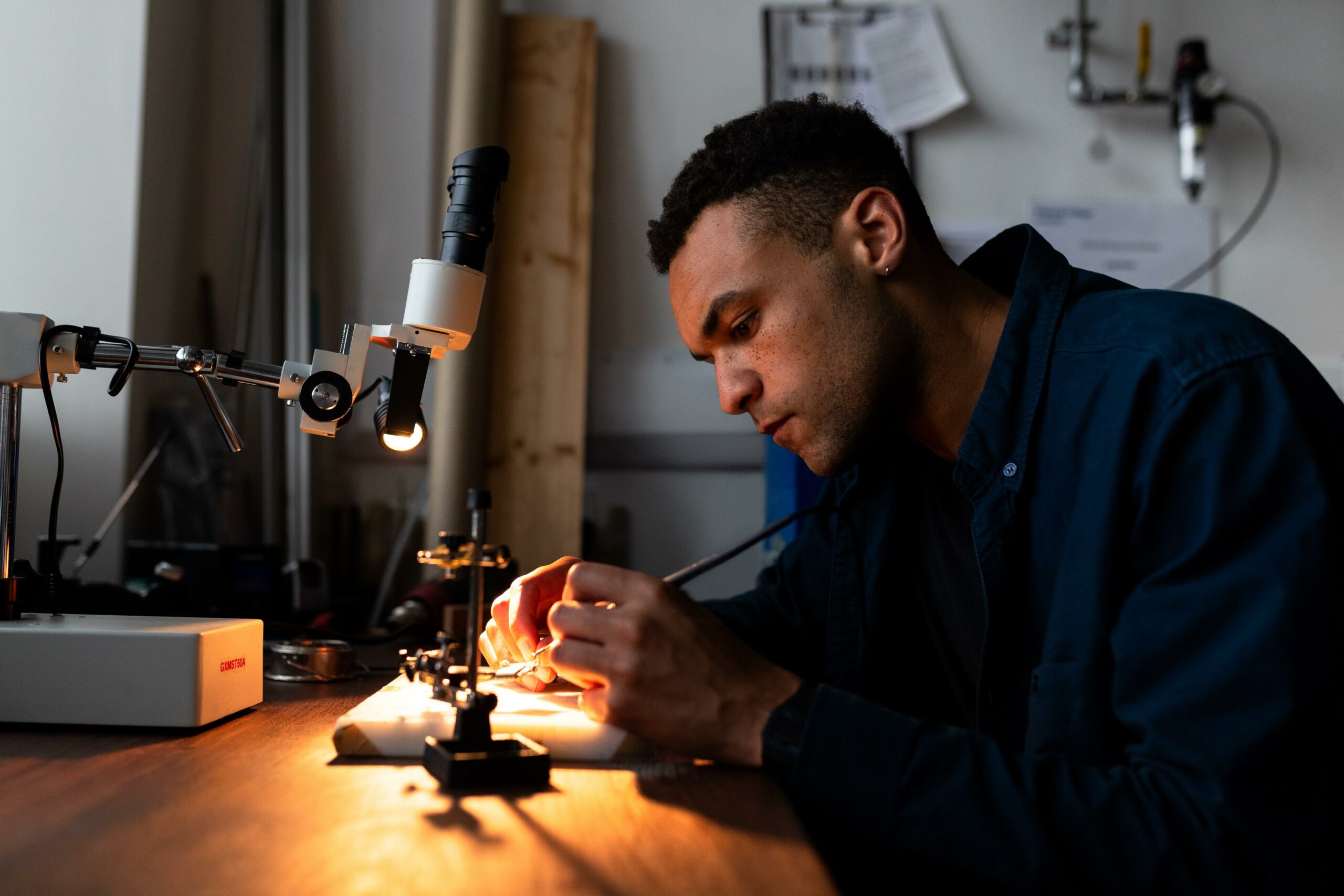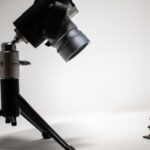Welcome to the exciting world of microscopes, where we will delve into an array of captivating facts and discoveries specifically designed for kids! In this article, we will embark on an adventure filled with intriguing information about microscopes – those magnificent tools that allow scientists and curious minds to unlock the hidden wonders of the tiny world beyond our naked eyes. So, get ready to explore the amazing world of microscopes, as we uncover fun and fascinating facts that will ignite your imagination and spark your curiosity!

Microscope Facts for Kids
Microscopes are incredible tools that help us explore the hidden world of tiny objects. They allow us to see things that are too small for our eyes to detect. Have you ever wondered how these powerful devices work? In this article, we will uncover some fascinating microscope facts for kids that will blow your mind!
The Invention of the Microscope
Did you know that the microscope was invented by a scientist named Antonie van Leeuwenhoek in the 1660s? He was the first person to make and use powerful microscopes to observe microscopic organisms, which he called “animalcules.” Thanks to his groundbreaking work, we now have the opportunity to investigate the intricate world that exists beyond our naked eye.
Exploring the Invisible
Imagine being able to see objects that are smaller than a grain of sand! Well, microscopes make this possible. They use lenses and light to magnify objects, making them appear much larger. It’s like having a superpower to explore the tiniest details of the world around us. Just think about all the amazing things we can discover!
Simple vs. Compound Microscopes
When microscopes were first developed, they had only one lens and were called simple microscopes. However, as technology advanced, compound microscopes came into existence. These microscopes have at least two lenses, with the lens closer to your eye known as the eyepiece. This combination of lenses enhances the magnification and allows us to clearly see even the tiniest structures.
The Power of Magnification
Microscopes come in various magnification levels. The higher the magnification, the more detail we can observe. For example, most school microscopes have a magnification power of 400x or 1000x, which means they can make objects appear 400 or 1000 times larger than their actual size! But did you know that there are even more powerful microscopes that can see individual atoms? These cutting-edge instruments help scientists unlock the secrets of the microscopic world.
Microscopes in the Classroom
Ever wondered why microscopes are commonly used in science classes? Well, these remarkable devices play a crucial role in fields like biology and chemistry. They help students explore the structure of living organisms, examine cells, and analyze chemical reactions. By using microscopes, young scientists can uncover the mysteries of the natural world and develop a deeper understanding of its complexity.
Let’s Recap Microscope Facts for Kids
- The invention of the microscope is attributed to Antonie van Leeuwenhoek in the 1660s.
- Microscopes use lenses and light to magnify objects, allowing us to see things too small for our eyes.
- Simple microscopes have one lens, while compound microscopes have at least two.
- Microscopes with higher magnification powers can reveal more detailed structures, including individual atoms.
- Microscopes are commonly used in science classes like biology and chemistry to explore the mysteries of the natural world.
As we conclude this exciting journey into the world of microscopes, we hope you’ve gained a newfound appreciation for these incredible tools. Remember, a whole universe exists beneath the surface of what we can see with our eyes alone. So, keep exploring, keep asking questions, and keep discovering the wonders of the microscopic world!
The world of microscopy holds a multitude of wonders waiting to be explored. If you’re curious about the fascinating world that lies beyond what the naked eye can see, then you’ll want to check out these engaging facts about the microscope for kids. Discover the incredible discoveries made by scientists through this incredible instrument that has revolutionized our understanding of the world around us. So, what are you waiting for? Click here to uncover the mind-blowing facts about the microscope for kids: Facts About The Microscope For Kids. Get ready to embark on an exciting journey of scientific discovery!
FAQ
Q: Who is credited with inventing the microscope?
A: The invention of the microscope is attributed to Van Leeuwenhoek in the 1660s.
Q: Who coined the term “microscope”?
A: The term “microscope” is attributed to Galileo Galilei.
Q: What can microscopes help us see?
A: Microscopes allow us to see tiny things that are much smaller than what the human eye can see.
Q: How do most microscopes magnify objects?
A: Most microscopes use light and lenses to magnify objects.
Q: What is the limit of magnification for the most powerful microscopes?
A: The most powerful microscopes can see individual atoms.
















